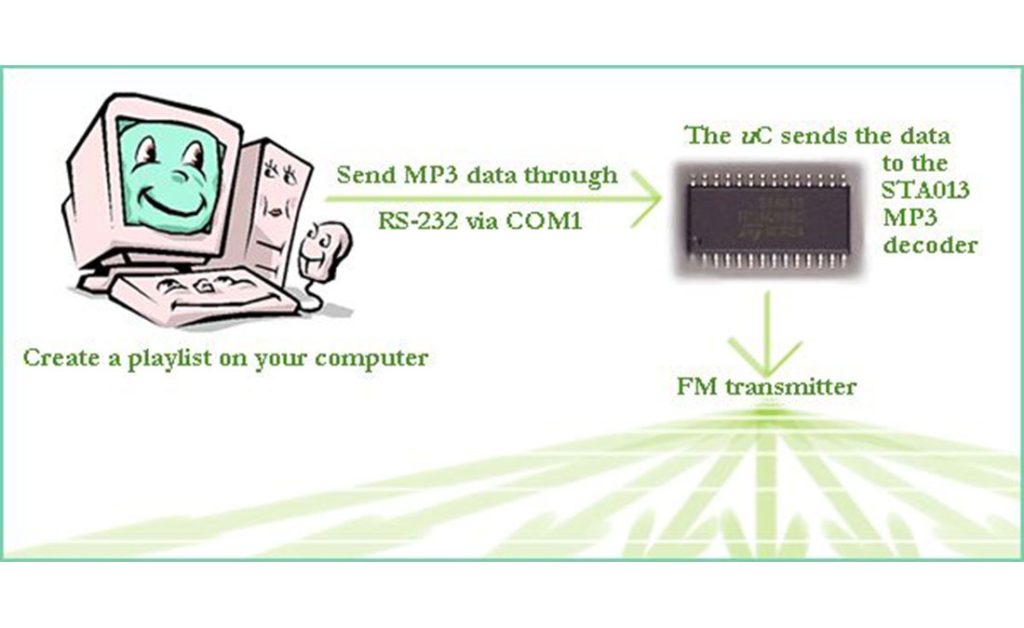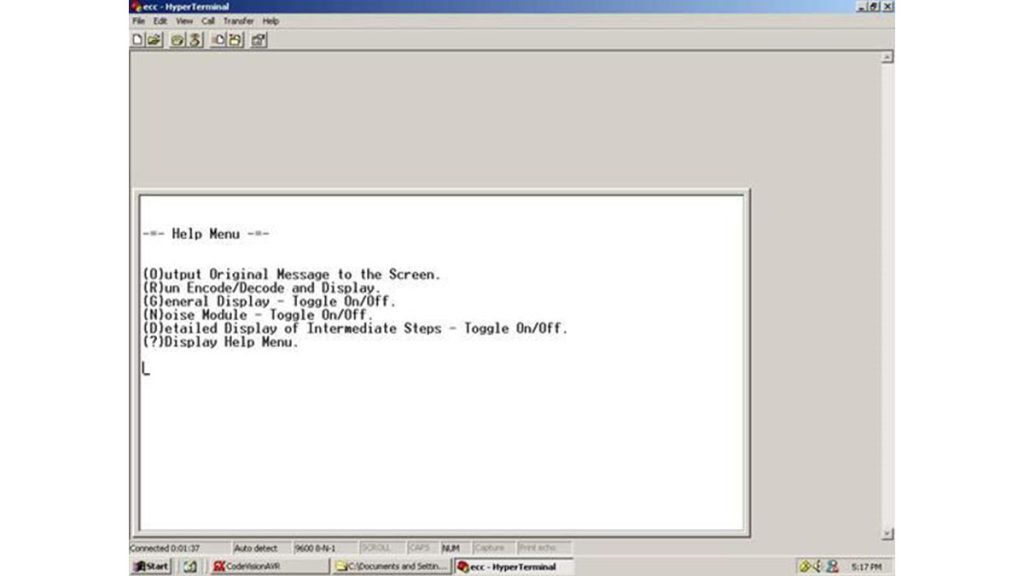Programmable remote control Using Atmega32
Introduction The goal of our project was to develop a remote control whose buttons would be readily programmable by recording the signal from another remote control. After revising several standards on infrared signals, we determined that the approach to take was to record the signal by determining the width of the transitions in the waveform, […]
Programmable remote control Using Atmega32 Read More »


